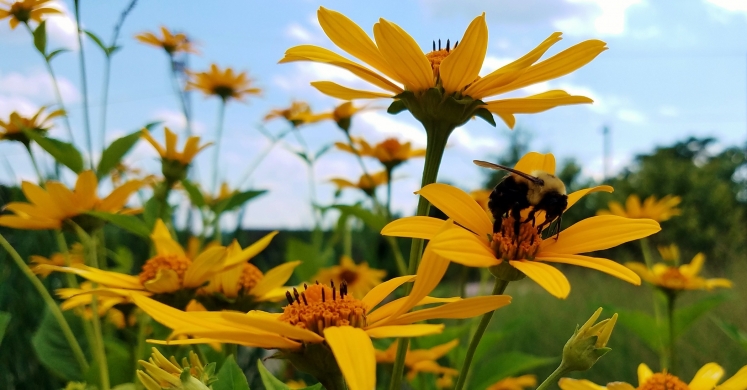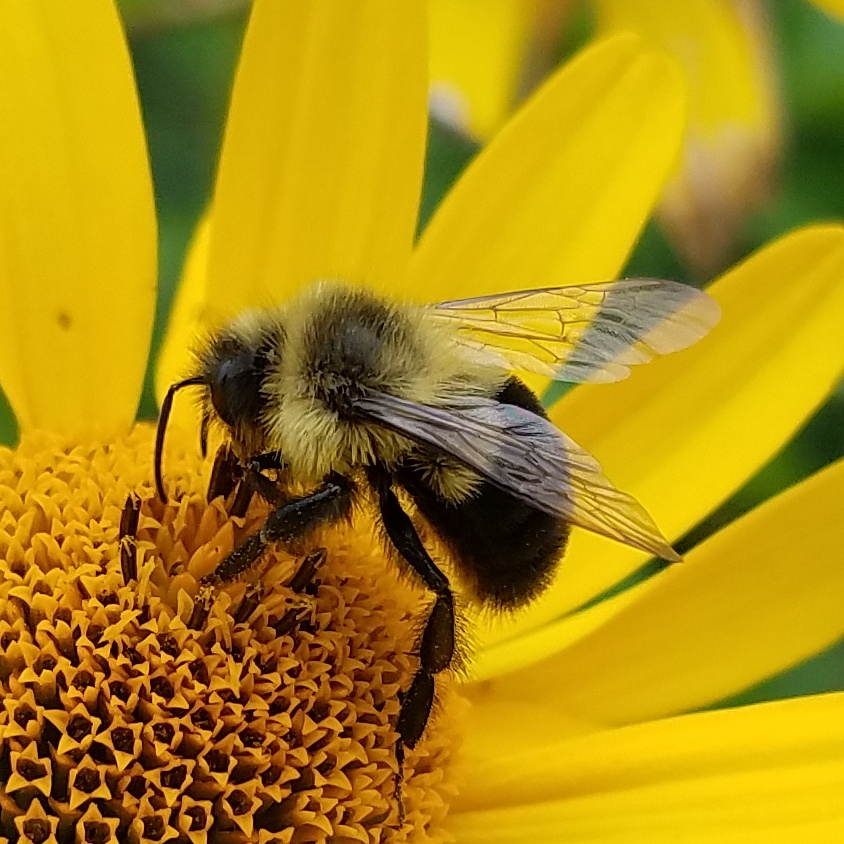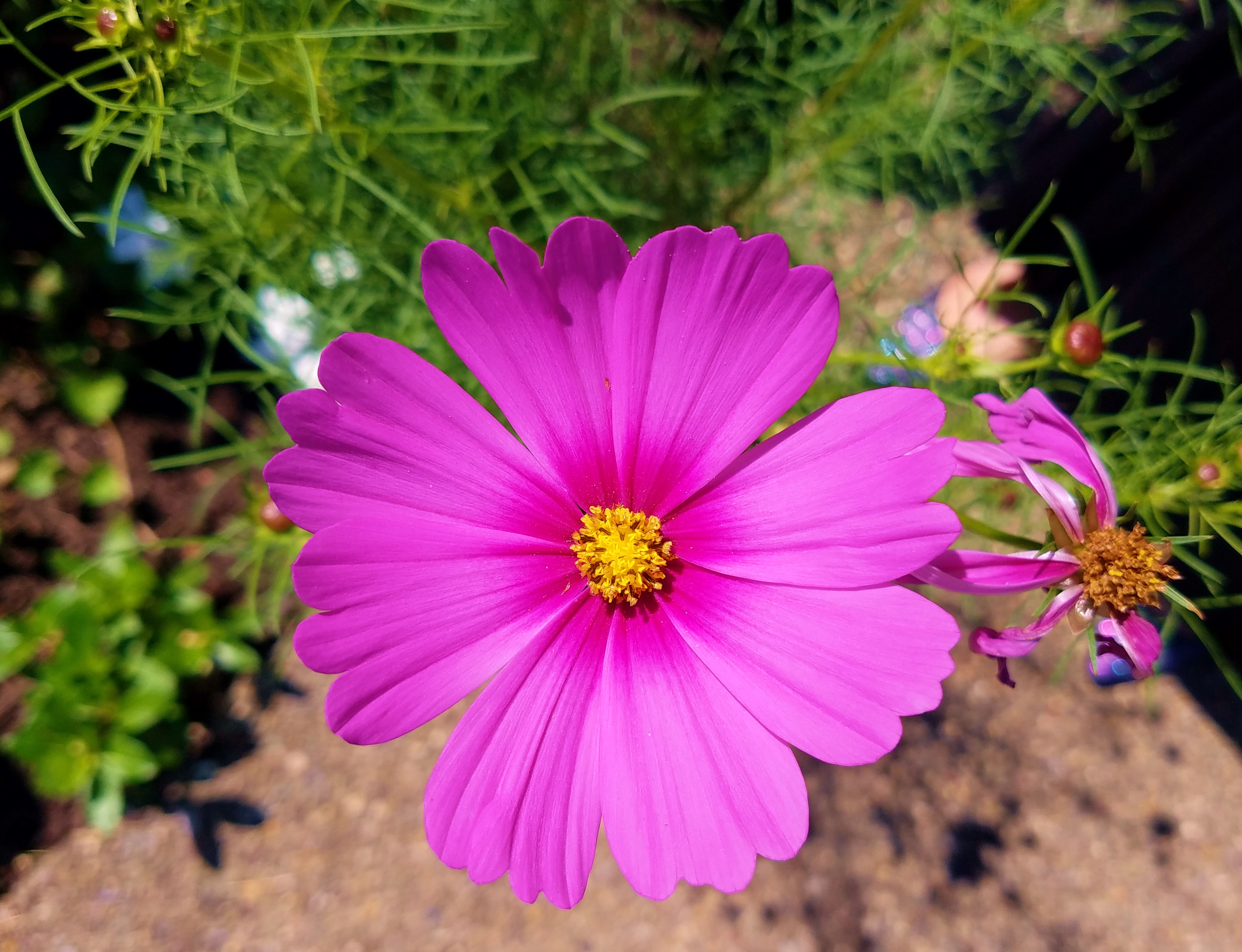Blog

#bioPGH Blog: A Star of a Flower!
 A resource of Biophilia: Pittsburgh, #bioPGH is a weekly blog and social media series that aims to encourage both children and adults to reconnect with nature and enjoy what each of our distinctive seasons has to offer.
A resource of Biophilia: Pittsburgh, #bioPGH is a weekly blog and social media series that aims to encourage both children and adults to reconnect with nature and enjoy what each of our distinctive seasons has to offer.
Asters, asteroids, asterisks, asterozoa—what do the names of rocks flying through space, typographical symbols, and starfish have in common with flowers? Well, they all share the root word “aster,” which refers to the stars, and the members of the plant family Asteraceae tend to have particular shape of flowers. Even if you have never heard the name Asteraceae before, we can guess what those flowers might look like—stars! Many of the flowers in this family look like stars for a very particular reason, and it is part of what makes Asteraceae flowers so interesting. Compared to a rose or petunia, these “flowers” have a very different anatomy—so much so that when you hand someone a single coneflower, you can honestly say “Here is a bouquet for you!” Sound strange? Let’s explore!
.jpg)
Purple cone flower on the green roof of Center for Sustainable Landscapes
Most members of Asteraceae have what’s called a composite flower or a disk flower. Even though an individual daisy or sunflower might look like a single flower, they actually contain hundreds of disk florets and ray florets growing together in what’s called an inflorescence. In the image below, you see a bumblebee standing on the disk florets and surrounded by the ray florets of an Asteraceae flower outside the Center for Sustainable Landscapes at Phipps.

What makes these “florets” different from simply petals is that they are essentially tiny flowers. As a quick refresher on the important parts of a flower: the stamen of a flower produces pollen and the pistil of a flower receives pollen to produce the next generation of plant seeds. A petal is more like a modified leaf, but a floret has some combination of stamens and pistils. Each of the ray and disk florets may have both a stamen and pistil, they might have either a stamen or pistil, or they might have neither. It depends on the species and the floret’s position within the inflorescence. Also depending on the species, some Asteraceae flowers will either have all ray florets or they many have only disk florets. The inflorescence of a dandelion, for example, has only ray florets while the pasture thistle has only disk florets.
At this point in midsummer, a number of different flowers from the family Asteraceae are in bloom. Black-eyed susans (Rudbeckia fulgida) bloom from late June until as late as October, and both the white wood aster (Aster divaricatus) and the New England aster (Aster novae-angliae) should bloom within the next few weeks. The Center of Sustainable Landscapes is surrounded by a number of Asteraceae family members—be sure to come check them out!

Connecting to the Outdoors Tip: With the right combination of Asteraceae flowers in your garden, you can have beautiful blooms from summer into fall. Purple coneflower blooms from June through August, and the aromatic aster blooms from September to October.
Continue the Conversation: Share your nature discoveries with our community by posting to Twitter and Instagram with hashtag #bioPGH, and R.S.V.P. to attend our next Biophilia: Pittsburgh meeting.
PSU Extension: Pennsylvania Native Plants for the Perrenial Garden
University of Michigan Herbarium: Asteraceae
University of Kentucky: Department of Horticulture— Robert Geneve Teaching Pages
University of Illinois Extension: The Great Plant Escape
Photo Credits: All photos by Maria Wheeler-Dubas

